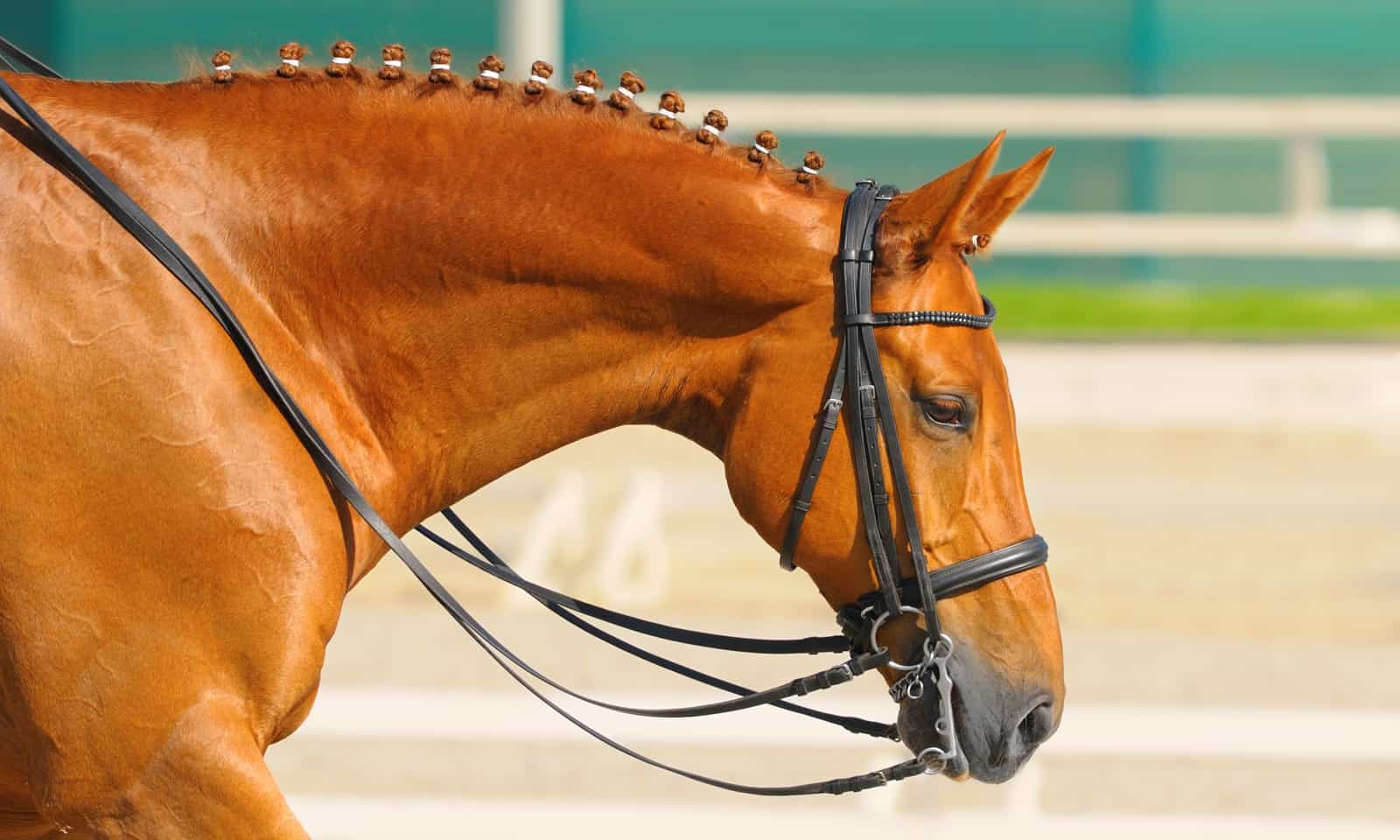
How Do Horse Reins Work? Understanding the Basics for Riders
Share
When it comes to equestrian sports, one of the **key components** often overlooked is the humble **rein**. For many health-conscious pet owners, it's essential to understand how proper gear, such as **reins**, can contribute not just to your horses performance but also their overall well-being. So, how do horse reins work? This article dives deep into the subject, shedding light on their mechanics, purpose, and various types.
Reins play an integral role in the communication between rider and horse. These **straps**, typically made from materials like leather or synthetic fabric, connect the rider's hands to the horse's mouth through the bit. Understanding how they function enables a deeper bond and better control while riding, ultimately enhancing the experience for both horse and rider.

The Purpose of Horse Reins
The primary function of reins is to allow the rider to communicate instructions to the horse. Whether its a gentle pull to slow down or a firm tug for direction, the reins serve as an essential tool in directing the horses movements effectively. With a proper understanding of how to hold them, riders can significantly influence their horse's pace and direction.

Types of Horse Reins
Horse reins come in various forms, each designed with specific purposes in mind. Familiarizing yourself with the different types of reins can further aid in your riding experience. Below are some of the most common types:
1. Split Reins
Often used in Western riding, split reins are two separate lengths of leather. They offer greater control and flexibility, allowing the rider to use one hand or both hands effectively. For tips on how to hold these reins, check out our guide on holding horse reins.
2. Buckle Reins
Buckle reins are single reins that can be adjusted by buckles, offering versatility in length. They are suitable for various riding styles, including beginners.
3. Rubber Reins
These reins offer extra grip and are perfect for those who may struggle with slippery materials. They work well in wet conditions.
4. Draw Reins
Draw reins are typically used for training purposes. They help in developing a horse's frame and encourage proper head carriage by attaching to the saddle.

How Horse Reins Help in Communication
In riding, clear communication is crucial. Horse reins act as an extension of the riders hands, allowing for nuances in commands. Subtle pressure and release can convey messages that horses naturally understand. Effective use of reins includes:
1. Direct Pressure
Pulling back on the reins provides a signal for slowing down. The horse learns to associate this pressure with the action of stopping or reducing speed.
2. Indirect Pressure
Using both reins to guide the horse in a particular direction is known as indirect pressure. This method encourages the horse to yield without being briskly pulled.
3. Giving and Taking
A good rider also knows when to release pressure. This is critical in teaching the horse to respond accurately to cues.

Importance of Proper Rein Management
Aside from knowing how to use reins, managing them properly is just as important. Signs of excess wear can affect performance. Regular maintenance extends the life of the reins and ensures safety during rides.
1. Inspect for Wear
Check for any fraying or tearing regularly. **Damaged reins** can break during rides, posing risks to both rider and horse.
2. Clean and Condition
Keep reins clean to prevent build-up from sweat and dirt. Using appropriate cleaners and conditioners maintains the materials structure.
3. Store Properly
When not in use, store your reins in a cool, dry place to prevent damage. Hanging them appropriately can also avoid kinks and twists.
Best Practices for Using Horse Reins
Mastering how you handle reins can transform your riding experience significantly. Adopting the following best practices ensures effective communication between you and your horse:
1. Hold with Light Tension
Maintain a gentle grip on the reins, allowing the horse to feel your cues without pulling too tightly. An ideal balance ensures that your horse remains relaxed.
2. Use Your Body
Alongside rein methods, riders should also incorporate body movements into their signals. Shifting your weight can direct the horse's movement as effectively as the reins.
3. Practice One-Handed Techniques
For riders looking to refine their skills while multitasking, learning to use reins with one hand can be beneficial. Find step-by-step instructions in our article on one-handed reins.
Reins and Horse Health
The way reins are managed directly impacts a horse's health. **Improper rein handling** can lead to discomfort and strain. Some considerations include:
1. Bit Selection
The bit connected to the reins should be chosen carefully based on your horse's mouth shape and sensitivity.
2. Adjust to Fit
Ensure reins are correctly adjusted to avoid putting pressure on sensitive areas. Regular **cap and bridle adjustments** can contribute positively to your horse's comfort.
Final Thoughts
Understanding how horse reins work is vital for every rider, particularly health-conscious pet owners focused on the well-being of their horses. Proper use and maintenance of reins not only enhance communication but also contribute to overall riding pleasure.
Should you wish to dive deeper into horse management, I encourage you to read our other articles on proper gear setup and horse care techniques.
Remember, a horse's trust in its rider is paramount for successful riding. By mastering the art of reins, you achieve not only a strong bond with your horse but also help ensure their health and happiness.
Frequently Asked Questions (FAQs)
1. What are the different types of horse reins?
There are various types, including split reins, buckle reins, rubber reins, and draw reins, each serving a unique purpose.
2. How often should I inspect my horse reins?
It's best to inspect your reins before every ride for wear and tear to ensure safety.
3. Can improper use of reins affect my horses health?
Yes, incorrect usage can lead to discomfort, pain, and behavioral issues in horses.
As an Amazon Associate, I earn from qualifying purchases.
